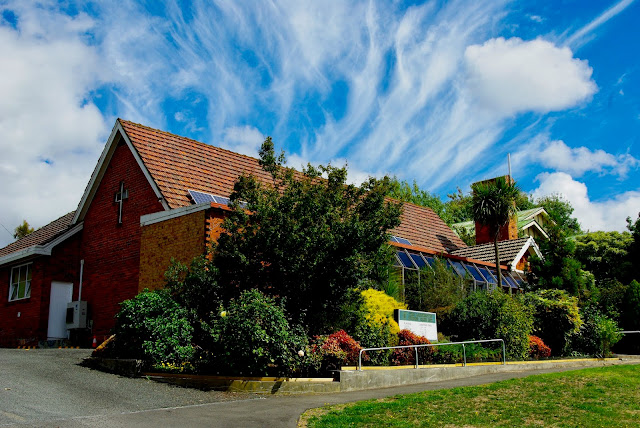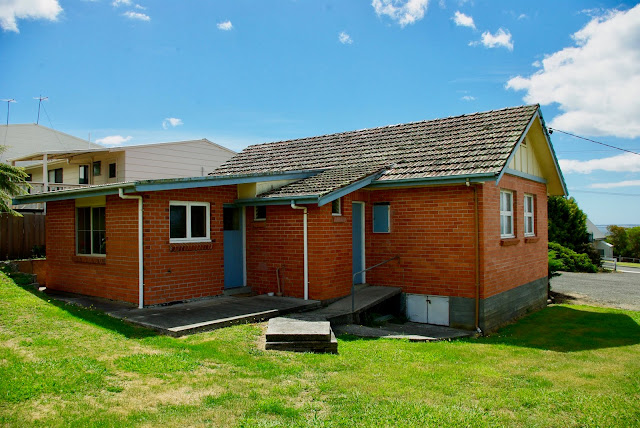No. 380 - The Branxholm Methodist Church

In the 1850’s, explorer and surveyor James Scott applied for 5000 acres of land along the Ringarooma River and named his selection Branxholm, after a hamlet in Roxburghshire, Scotland. With the discovery of tin in the area, Branxholm prospered although it remained a relatively small centre. By the 1880’s a small settlement was flourishing and religious communities were established. A small Wesleyan Methodist church was established at Branxholm in 1893 at a cost of £49. In 1910 a larger church was built at a new location and the old building was moved to the site to serve as a Sunday school which was attached to the rear of the new structure. (see photo below) The Launceston Examiner carried a report on the laying of the foundation stone in December 1910: “The laying of the foundation stone of the addition to the Branxholm Methodist Church took place at 3 p,m. on Friday afternoon, when there was a very fair gathering. The Rev. G. N. Wheaton presided. Mr W.A. Scott welcomed the visito...









